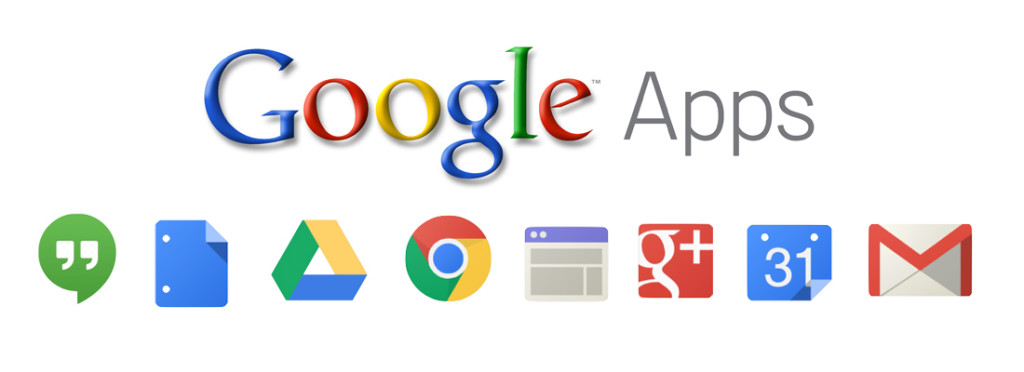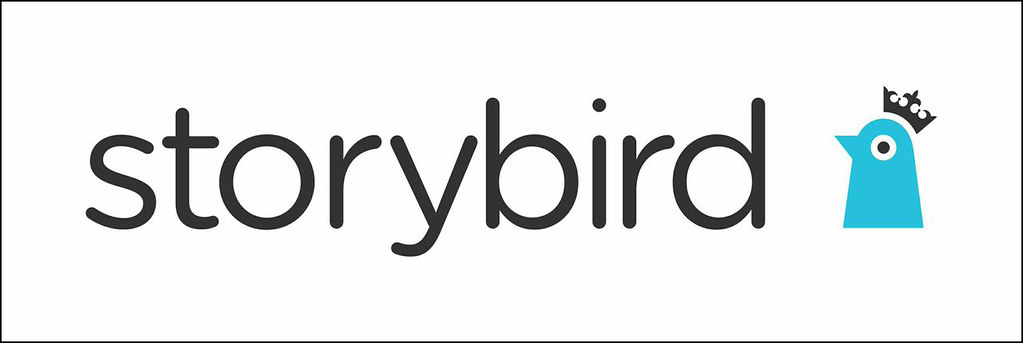Technology, according to Merriam-Webster it has two definitions:
1. the use of science in industry, engineering, etc., to invent useful things or to solve problems.
2. a machine, piece of equipment, method, etc., that is created by technology.
But what does technology mean for education? In this age of digital advancement, it could very well be the next revolution. Online learning, paperless tests, grading and presentations; this is just the tip of the iceberg for right now. I wonder what it'll look like in the future. Will we be able to have online classrooms across all grade levels in the future? Perhaps so, but for now, I have reviewed a few educational tools that I have either used or am curious about in an education setting. Below, I have reviewed eight educational tools. Each tool is graded based on the number of pandas I gave it:
I liked this app; would recommend
Good overall; needs improvement
I did not like this app; would not recommend

Summary
A learning management system (LMS) that is free and open to users all over the world. It has become one of the most valuable tools to me as a student, as it makes tracking all my assignments, projects and due dates earlier. However, its a shame that many teacher do not take advantage of it.
A learning management system (LMS) that is free and open to users all over the world. It has become one of the most valuable tools to me as a student, as it makes tracking all my assignments, projects and due dates earlier. However, its a shame that many teacher do not take advantage of it.
Features
- School calendar (events, due dates for assignments and projects etc.,)
- Group forum discussion
- Post and submit assignments
- View recent activities
- Connects to personal email (which allows notifications from moodle to be emailed to personal email)
- Messaging system between participants and instructors
- Access to assignment, attendance grades and current grades
- Downloadable links to files, handouts, and PDF's
Pros
- Organized interface
- Easy to use
- Password protected
- Allows for editing of submissions
- Pop up notifications about any changes in assignments or forums
- Can be used as an online classroom
Cons
Summary
A browser I utilized and one that has come to practically dominate my life, since it is easily connected to all my other application in google. I also like how customizable it is to my preferences and needs. Although I like this browser a lot, I am a little weary of its information leakages as compared to DuckDuckGo, still I cannot deny that it is one of the largest browsers for a reason.
A browser I utilized and one that has come to practically dominate my life, since it is easily connected to all my other application in google. I also like how customizable it is to my preferences and needs. Although I like this browser a lot, I am a little weary of its information leakages as compared to DuckDuckGo, still I cannot deny that it is one of the largest browsers for a reason.
Features
- Customizable
- Allows for easy syncing between all accounts and apps associated with Google
- Safe browsing and sandboxing for teachers and students to protect against malicious websites,viruses, and phishing attacks
- Translation features
- Plethora of useful tools, extensions and add ons.
Pros
- Includes apps designed for education
- Speed
- Incognito searches
- Keyboard shortcuts for restoring tabs, opening new windows, etc.,
- More personalized
Cons
- Adding multiple add ons may cause Chrome to slow down
- Tracks your history, data, and personal information

Summary
Along with Chrome, Google Apps has also come to dominate my life. It's kind of hard for it not to. Everything you need all in one place that is not only organized but also easily syncable to all of your other applications? How about also having storage features that can allow you and other colleagues to edit work in real time? If you can't tell already, I really enjoy using Google related products because of its convenience.
Features
- Extensive search engine
- Storage with Google Drive
- Syncing between all other apps and devices
- Allows for creation and editing of documents in real time
- Password protected
- Connect with mutual friends and colleagues easily
Pros
- Organized and easy to use
- Everything you need is all in one place, and with it available on multiple platforms, you'll never be disconnected
- An undo feature that allows you to 'unsend' an email
- Can control who can see and edit documents
Con's
- Google account required to use
- On mobile devices, you must download some features separately
- Since information is easier to sync together, this increases the risk of your accounts and sensitive information being compromised.
Score:
Summary
A neat little collaborative story telling tool I really enjoyed using. However, with its limited customizable features (the layout of the pages itself limited to where I could place images, as well as a limited amount of size for text) heavily detracted some points for me. Overall, very beautiful and easy to use.
Features
- A huge database of professional artwork created by professional artists
- Google Chrome integration
Pro's
- Aligns with Common Core Standards
- World wide community
- No email required
- Available on multiple platforms and devices; easy to share
- Free
- Teachers can make private classrooms for their students to use; the sites collects no data on the students
Con's
- Limited customization; limits the users/student's creativity
- Children cannot add their own art
- May be a little confusing to use at time, because there is a lack of technical support and explanation
Score:

Summary
A visual step up from PowerPoint, and dare I say even Prezi. Although its visually and aurally appealing, its limited options in the free version is what made me give it only two pandas. I'm sure however that will change whens its creators and collaborators add more functions, animations and tunes.
Features
- Newest addition to PowToon includes voiceover and music capabilities in different languages
- A large library of images and animated gestures
Pro's
- For a casual user, it's free
- Includes 11 styles, 10 basic times up of which can be made into a 5 minute presentation
- Both visually and aurally pleasing; can keep a class engaged
- Fair amount of customization
- Ready to use templates
Con's
- You need to pay in order to upgrade
- Manipulating text and images can become tedious with all the available options
- Interface can seem cluttered at times
- Presentations aren't saved automatically; cannot save an offline version
- Dependent on the internet (presentations may load slowly depending on speed of internet and band with)
Summary
A cool little search engine that has potential to be one of the bigger search engines, however from my own personal usage and reviews from others, there's still some features that I feel like are missing. I'm all for having browser not being able to track me, however, I think I'd miss my personalized search results.
Features
- Instant answers - By not trying to personalize your searches, you get to the information you want quicker and more filtered
- A feature that allows for direct searches
- Safesearch
Pro's
- Does not collect nor share your personal information = great privacy and security
- Can check if other websites are down with a simple search prompt
- Generates strong passwords for you
- Highly customizable
- Is now available on Safari and Firefox; which makes it easier to make it your default search engine
- Supports other up and coming businesses, projects, and organizations like girldevelopit.com; a project aimed in creating opportunities for women interested in developing and designing software.
Con's
- May have less information than what other competitors have
- Less known than other search engines; its up against some pretty powerful competitors
 |
Summary
When I read the reviews and the features it offered, I was almost immediately sold. I would love to try this application out as soon as I am a teacher, and from its reviews so far, it looks fairly amazing. As you can tell, I'm a big fan of having all of my information all in one nice and neat little organized interface.
When I read the reviews and the features it offered, I was almost immediately sold. I would love to try this application out as soon as I am a teacher, and from its reviews so far, it looks fairly amazing. As you can tell, I'm a big fan of having all of my information all in one nice and neat little organized interface.
Features
- Manages classes easily; add or remove students from different class periods
- Create seating charts and a student card
- Take notes on student behavior
- Record student grades
- Import and export data in regards to students
- Comprehensive reports on classes and students
- Easy to use emailing system between educator and student/parent or guardian
- Gradebook Tool
Pro's
- Data from reports and students can be stored as backup on Dropbox
- Reports can be shared as PDF files
- Allows for comprehensive notes on every student and their summary
- You can take a picture of the student and place them on a virtual seating chart, which makes learning names and faces easier
- Keeps your classes and students nice and organized
- Free
- Student card - contains students and parent information, behaviour and attendance records
Con's
- Collects information on students and by extension on their parents or guardians as well
- There is a risk in safety when using this app because the app collects information on students
- Based in the US, which means that it only utilizes the US standards of grading
Summary
An app I have yet to use, but am highly interested in. My calendar in my Ipad is nice and all, but if I can manage my assignments based on class period and time as well, I'm all for it. However, the risk of losing my whole schedule without having any sort of backup was enough to take off a whole panda.
An app I have yet to use, but am highly interested in. My calendar in my Ipad is nice and all, but if I can manage my assignments based on class period and time as well, I'm all for it. However, the risk of losing my whole schedule without having any sort of backup was enough to take off a whole panda.
Features
- Online planner that helps organize and remind students of their assignments
- Creates an organized schedule for you
Pro's
- Free
- Eliminates paper planners
- Reminds you when assignments are due
- Teachers.io - a free app that teachers can utilize to make announcements and share information. When you join their class, all of their due dates, files and announcements sync to your myHomework planner
- Works even if there is no internet or wifi available
- Offers rewards to students (sponsored by kiip)
- Available on all platforms (Apple, Android etc.,)
Con's
- Must pay for upgraded accounts
- Offers no backup services
Score:


















